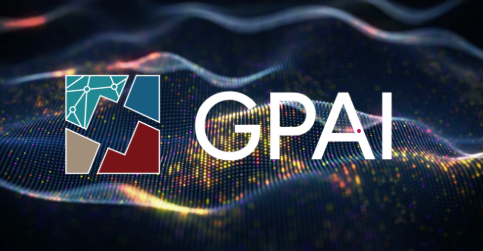While there is no universally accepted definition of AI, the AI Group of Experts at the OECD (AIGO) developed this description of an AI system in 2018 and serves as the basis for the OECD Framework for Classifying AI Systems. The description aims to be understandable, technically accurate, technology-neutral and applicable to short- and long-term time horizons.
Here are some of the main uses, benefits and challenges of artificial intelligence. More detailed descriptions are available in the Public policy considerations chapter of the publication Artificial Intelligence in Society.
Machines that perceive, reason, and act
An AI system consists of three main elements: (1) sensors to collect raw data inputs from the environment; (2) operational logic to interpret the data for a given set of objectives and provide an output of recommendations, predictions or decisions; and (3) actuators to change the environment based on that output. While sensors and actuators can be either machines or people, the key power of an AI system resides in its operational logic.

For example:
- A credit-scoring system uses machine-based inputs (borrower data) and human-based inputs (rules) to make recommendations (credit scores) for an objective (approving or denying a loan).
- AlphaGo Zero is a game-playing system that uses human-based inputs (the rules of Go) and machine-based inputs (learning by playing against itself) to propose a new move based on the state of play.
- Autonomous driving systems use machine-based inputs (historical data) and human-based inputs (driving rules) to make predictions (whether an object is an obstacle or instruction) and decisions (accelerating, braking, etc.) for an objective (going from point A to B safely).
AI systems based on machine learning teach themselves over time
The centrality of models that rely on data for their training and evaluation distinguishes the lifecycle of many AI systems from that of more general system development.

AI surpasses human ability to solve the most complex problems
Research distinguishes symbolic AI from statistical AI. Symbolic AI uses human logical representations to deduce a conclusion from a set of constraints. In statistical AI, machines deduce a trend from a set of patterns.
In the statistical approach, Machine Learning (ML) techniques learn through patterns, inferences, and trial and error, from linear and logistic regressions, decision trees and principle-component analysis.
Deep neural networks can modify their own code to find and optimise links between inputs and outputs.


























